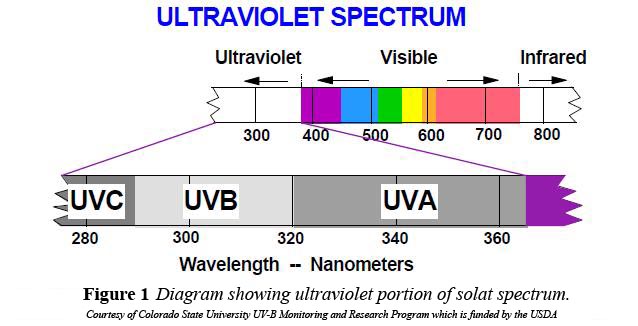Problem 6:
Due Sept. 24.
Consider a box, 1m x 1m x 1m, at T = 5870K (=Teff of the Sun), containing both 10^20 H atoms and
Fe atoms in their relative cosmic abundance (see appendix E).
Determine n_e, and the ratio of the ionized to neutral numbers of H and Fe.
Also determine the total pressure, P.
Adopt these partition functions:
U(H) = 2, U(H+)=1, U(Fe) = 10^1.9, U(Fe+) = 10^1.9 (same).
For ionization energies see Appendix D.
Hint: Start with an assumption for ne (1/2 N(H)?). Write code to iterate.
If you've never written code, see www.learnpython.org
Download python from www.enthought.com/products/canopy/academic
Hint: For 3.9: substitute: u = cos(theta) and use the solution to the eqn. of transfer.
rho(r) = rho_0 * (1 - r/R*)
where rho_0 is given. Assuming that the opacity is independent of frequency, find an expression for the frequency at which a distant observer would record a peak in energy flux from this star. You may treat the gas inside the star as ideal, and assume the gas is composed of pure atomic hydrogen gas.
This is a rather involved problem. Here are a few hints to help you along. In no particular order:
Hint 1: The part of the sun that an observer sees is at the radius such that a photon is more likely to make it out of the star than to be scattered or absorbed. Think about what this would correspond to in terms of optical depth.
Hint 2: Use the ideal gas law to find the temperature as a function of R. You might need to rewrite it in terms of the variables you have.
Hint 3: Use the hydrostatic equilibrium equation to find P(R), you may assume g is constant.
Hint 4: Factor the numerator of the T(R) expression that you get in order to save yourself from having a huge algebraic mess later.
Hint 5: Ask Jesse for help in Discussion Section, Office Hours, or by email.
Jesse Nims: jwnims@berkeley.edu
Extra Problem:
Write the four eqns of stellar structure as "difference equations", assuming a grid of points labelled i = 1, 2, 3, ... N_pts.
Include both radiative and convective trasnport.
Example: dM/dr = M_(i+1) - M_(i) / (r(i+1) - r(i))
1. From CH.1:: Problems 1.4, 1.5, 1.7, 1.12, 1.13
Problem 6:
Examine Vega and Arcturus by eye. Note their colors. Estimate the surface temperatures of those two stars, based on their colors and use of the Wien Law.
2. Due Sept. 17, From CH.2:: Problems 2.1, 2.3, 2.6, 2.8
Problem 5:
Suppose you squeeze the Sun by 1%. Keep T the same during the compression, but the density goes up of course. Estimate within a factor of 2 the period, P, of oscillation of the Sun as it rebounds, overshoots, and falls back, and overshoots again.
3. Due Sept. 24, From CH.3:: Problems 3.2, 3.4, 3.5, 3.7
For 3.2, the problem statement should say, S(tau) = a + b*tau^2 . (Be sure tau is squared.)
For 3.4, use tau = 2/3.
Problem 5:
At noon, the sun is overhead (at zenith) and 1% of the ultraviolet UV(B) photons reach the ground, to give you a great tan (and skin cancer).
At 3pm, the Sun is 45 deg from zenith. What fraction of the UVB photons reach the ground?

3. Due October 1, From CH.3:: Problems 3.8, 3.9 and Extra problem handed out in class.
Hint: For 3.8, define x = I - S.
Extra Problem:
A star of mass, M* and radius, R*, has a density profile:
4. Due October 15, From CH.4:: Problems 4.3, 4.7, 4.8, 4.11, 4.12, Separate problem: read two papers by Allard et al. on brown dwarfs.
5. Due October 22, From CH.4:: Problems 4.5, 4.6, and handout: prob_ch4.ps.
6. Due October 29, From CH.5: Problems 5.3, 5.4, 5.7 (must read about conduction), 5.10,
7. Due November 19

8. Due November 26, From CH.6:: Problems 6.2, 6.5, 6.7
9. Due December 5, From CH.6:: Problem 6.16 - Hint:You may want to use eqns 6.111 and 6.113 at equilibrium.
Assume that the helium abundance is solar and the 3He is present in trace amounts.
